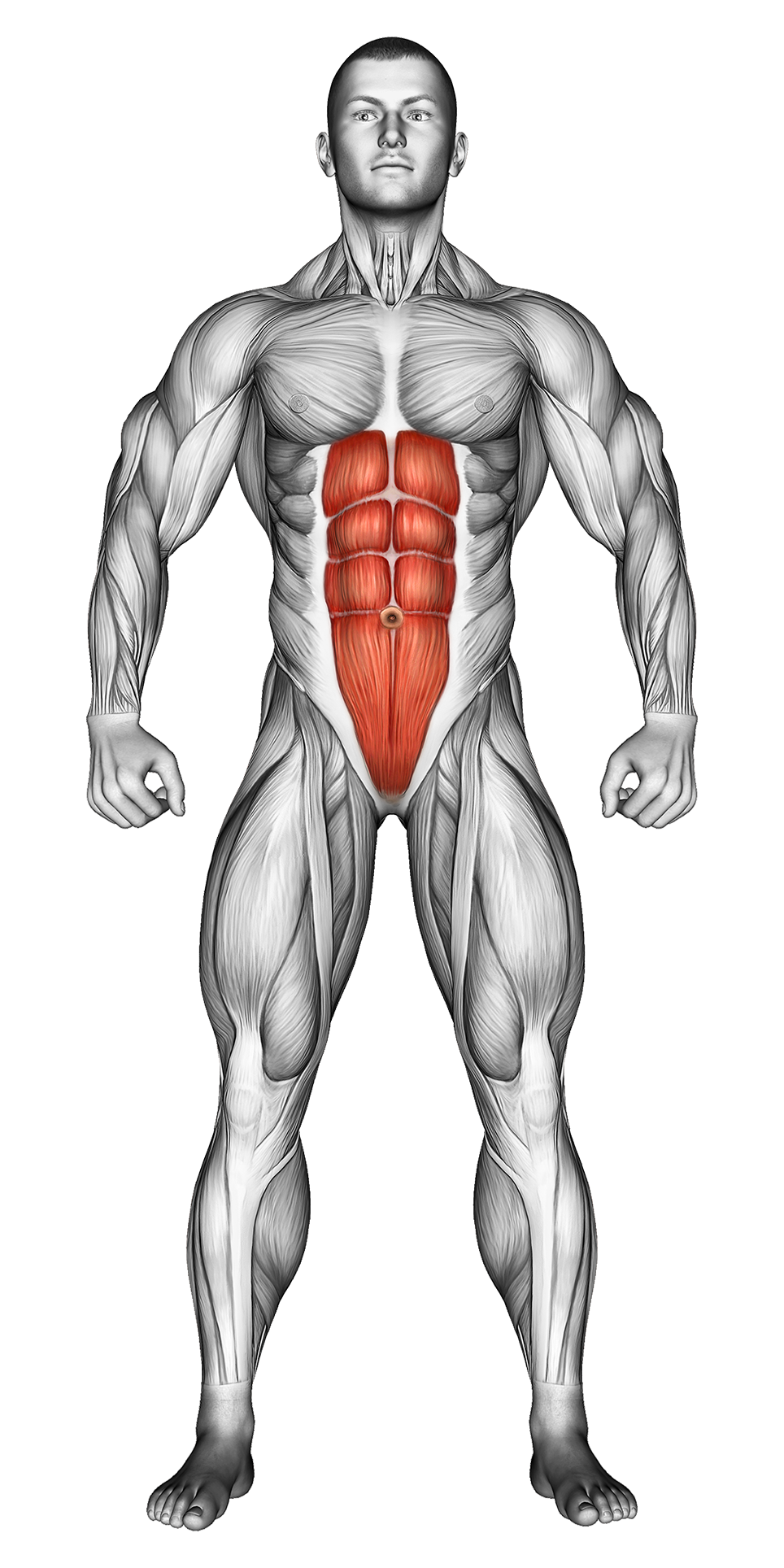Side Plank: Video Tutorial & Exercise Guide

Written By: Ether Brown
Updated: Oct 13, 2024
| Workout | Side Plank |
| Primary Muscle Group | Abs |
| Secondary Muscle Group | Obliques |
| Equipment Required | Bodyweight |
| Force Type | Static |
| Mechanics | Compound |
| Exercise Type | Strength |
| Difficulty | Intermediate |
Side Plank: Video Tutorial & Exercise Guide
Secondary Muscles Group
Side Plank: Step-by-Step Guide
- Step 1: Start by lying on your side with your legs extended and stacked on top of each other. Position your elbow directly under your shoulder and your forearm flat on the ground.
- Step 2: Engage your core and lift your hips off the floor, creating a straight line from your head to your feet. Keep your neck neutral by looking straight ahead or slightly up.
- Step 3: Hold this position, keeping your body in a straight line and your core engaged. Avoid letting your hips sag or your body rotate forward or backward.
- Step 4: Hold the position for the desired amount of time. Switch sides and repeat on the opposite side.
Side Plank: Overview
The Side Plank is an excellent isometric exercise that strengthens your obliques, shoulders, and core stabilizers. This simple yet challenging movement helps improve overall core stability, posture, and balance. By engaging the deep core muscles, the Side Plank contributes to better spine support and reduces the risk of lower back pain.
This exercise is suitable for all fitness levels and can be modified for beginners or made more challenging for advanced athletes. It’s a great addition to any core workout routine.
Side Plank: Benefits
Side Planks primarily strengthen the obliques, but they also engage the shoulders, glutes, and deep core muscles. This exercise enhances core stability, which is essential for functional movements and athletic performance.
Regularly practicing the Side Plank improves balance and posture while helping to prevent injuries, especially those related to the lower back. It’s also a great way to build endurance in your core without the need for equipment.
Side Plank: Pro Tips & Advanced Techniques
Focus on keeping your body in a straight line and your core fully engaged. Avoid letting your hips sag, and don’t rotate your body forward or backward. For an added challenge, raise your top leg into the air or perform the exercise with your arm extended overhead. Ready to strengthen your core? Let’s plank!
the Side Plank: Progression Plan
Beginner
Intermediate
Advanced
Side Plank: Frequently Asked Questions (FAQs)
What muscles do side planks work?
+Side planks primarily target the obliques, but they also engage the shoulders, glutes, and deep core muscles to improve stability.
Can beginners do side planks?
+Yes, beginners can perform side planks with their knees bent to reduce the intensity and work their way up to the full version over time.
How often should I do side planks?
+Incorporate side planks 2-3 times per week as part of your core workout routine. Pair them with other core exercises for balanced strength.
What common mistakes should I avoid during side planks?
+Avoid letting your hips sag or rotating your body forward or backward. Maintain a straight line from your head to your heels throughout the exercise.
Can side planks help with lower back pain?
+Yes, side planks strengthen the core stabilizers, which can help reduce the risk of lower back pain by improving posture and supporting the spine.
Share
Don’t Wish for It, Work for It – Join the FlexXP Newsletter Today!
Thank you for signing up for the FlexXP Newsletter!
This site is protected and the Google Privacy Policy and Terms of Service apply.

